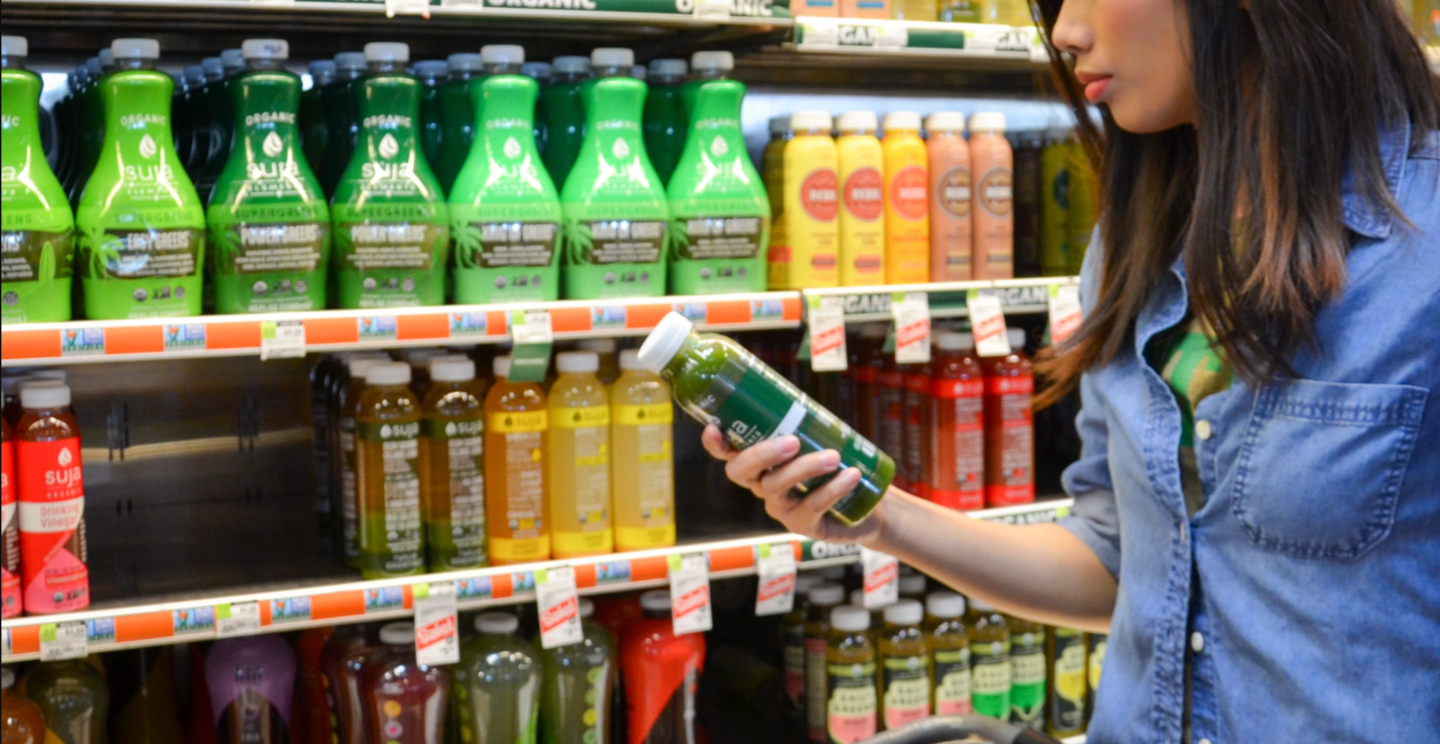Toxic metals found in many popular mixed-fruit juices and soft drinks, study finds
Research revealed that a number of popular beverages contain toxic metal concentrations surpassing federal drinking water standards.

[June 6, 2023: Staff Writer, The Brighter Side of News]
A number of popular beverages contain toxic metal concentrations surpassing federal drinking water standards. (CREDIT: Creative Commons)
A recent study conducted by Tulane University revealed that a number of popular beverages contain toxic metal concentrations surpassing federal drinking water standards.
The research, published in the Journal of Food Composition and Analysis, examined 60 beverages, including fruit juices, plant-based milks, sodas, and teas, found in grocery stores.
Among the 60 products, 21 were either a soda or another artificial drink. Mixed fruit juices made up 19 of the drinks. There were also six natural fruit juices, 10 plant-based milks and four tea products.
Out of the tested beverages, five contained toxic metal levels above federal standards. Two mixed juices exceeded the 10 micrograms/liter arsenic standard, while a cranberry juice, a mixed carrot and fruit juice, and an oat milk had cadmium levels surpassing the 3 parts per billion standard.
Related Stories:
In total, seven of the 25 elements analyzed in the study, including nickel, manganese, boron, cadmium, strontium, arsenic, and selenium, exceeded drinking water standards in some drinks.
Lead was detected in over 93% of the samples, although most registered very low levels. The highest concentration of lead was found in a lime sports drink at 6.3 micrograms/kg, which still falls below the Environmental Protection Agency (EPA) and World Health Organization (WHO) drinking water standards.
Tewodros Godebo, the study's lead author and an assistant professor of environmental health sciences at Tulane University School of Public Health and Tropical Medicine, highlighted the significance of the research given the limited number of peer-reviewed studies examining the contents of American beverages. Godebo emphasized the need for further investigation in this area.
Graphical abstract of study methodology. (CREDIT: ScienceDirect)
Although the health risks for adults are likely low due to the small quantities of soft drinks consumed compared to water, Godebo advised parents to be cautious about the drinks they provide their children. He recommended avoiding giving infants and young children large volumes of mixed-fruit juices or plant-based milks, as arsenic, lead, and cadmium are known carcinogens and can cause organ damage and cognitive harm in children during early brain development.
Godebo suggested that most of the elements found in beverages likely originate from contaminated soil, which is difficult to eliminate entirely.
Although a single instance of consuming these chemicals in a beverage may not result in significant harm, each substance carries risks associated with long-term exposure.
Arsenic has been associated with damage to the eyes, skin, liver, kidneys, and lungs. Prolonged exposure can potentially lead to cancer in any of these organs or loss of vision.
Strontium, a radioactive compound, is connected to blood cancers such as leukemia following substantial exposure.
Cadmium can negatively affect the lungs, kidneys, and skeletal system, with potential outcomes including cancer, organ failure, and fragile bones.
Boron, manganese, and nickel have each been linked to detrimental effects on the liver, kidneys, and other organs.
Tulane University students Hannah Stoner and Julia Ashmead, who participated in the study, hope their findings encourage individuals to be more mindful of their consumption habits.
Godebo's next step is to conduct a risk assessment based on the collected data to analyze the impacts of consuming toxic metals in children and adults, expressing a continued interest in exploring the contents of commercially sold drinks and food products.
A cranberry juice, a mixed carrot and fruit juice and an oat milk each had levels of cadmium exceeding the 3 parts per billion standard. (CREDIT: Creative Commons)
“I don’t think there needs to be fear,” Stoner said. “In toxicity, it’s the dosage that often makes the difference so everything in moderation. But this creates awareness that there needs to be more study.”
Hannah Stoner and Julia Ashmead, Tulane University students who participated in the study, said they hope the findings encourage people to think more about what they consume.
“We are curious to keep exploring what’s in our drinks and foods commercially sold to the consumers,” Godebo said.
Note: Materials provided by The Brighter Side of News. Content may be edited for style and length.
Like these kind of feel good stories? Get the Brighter Side of News' newsletter.



